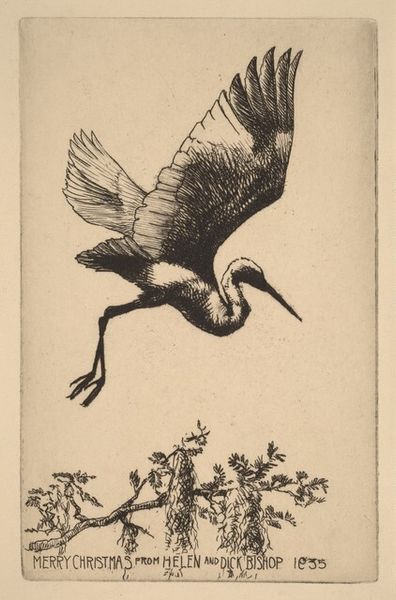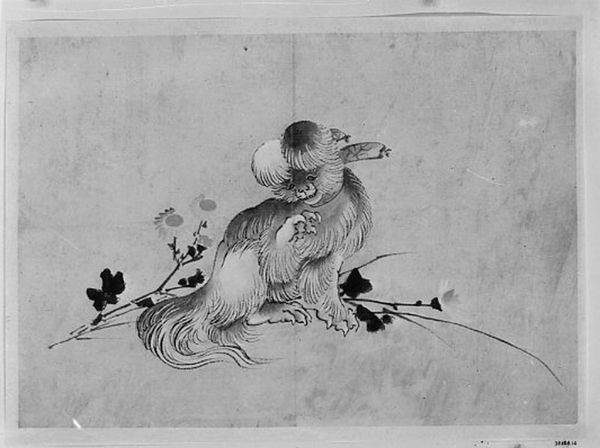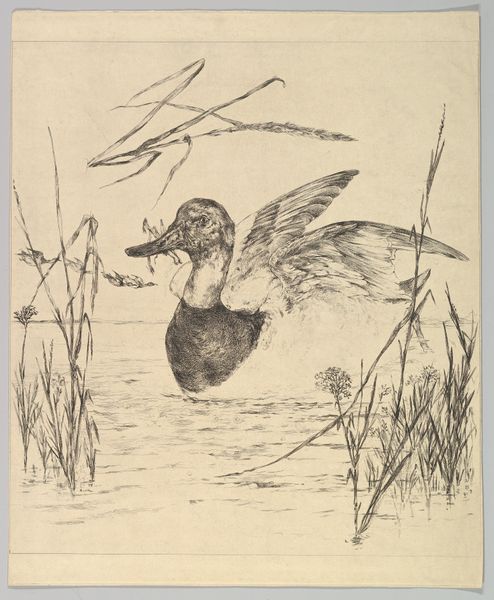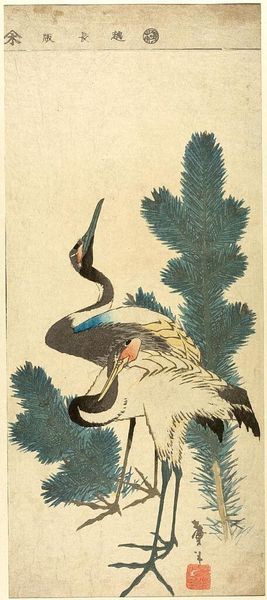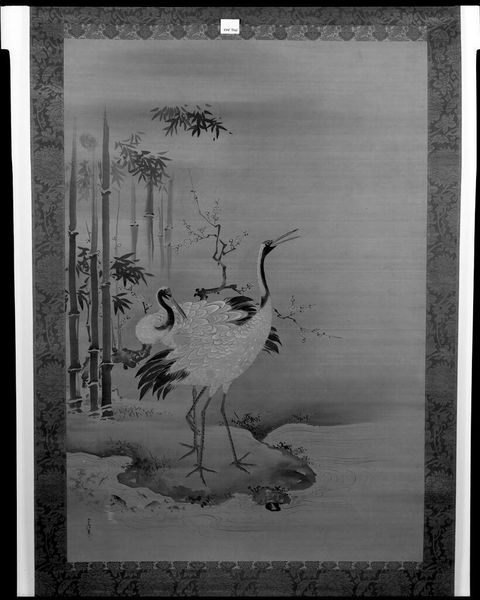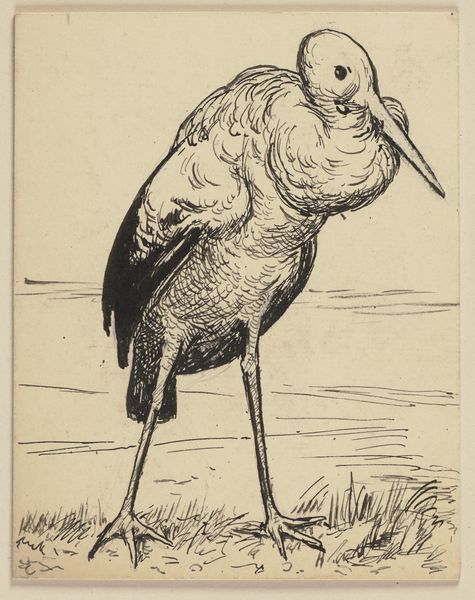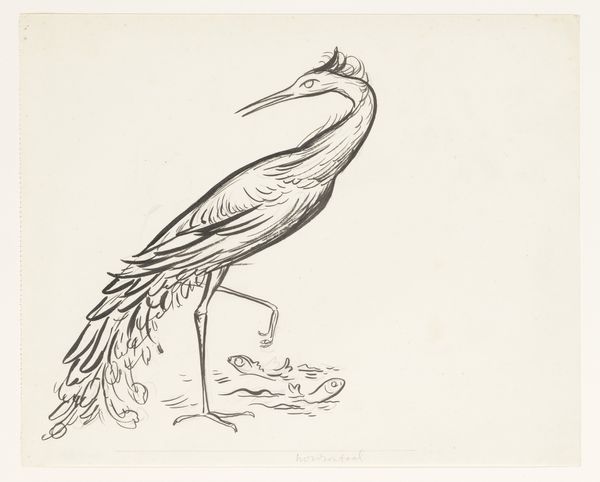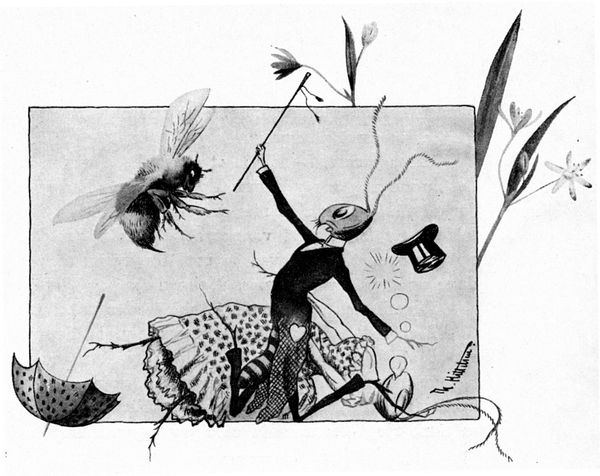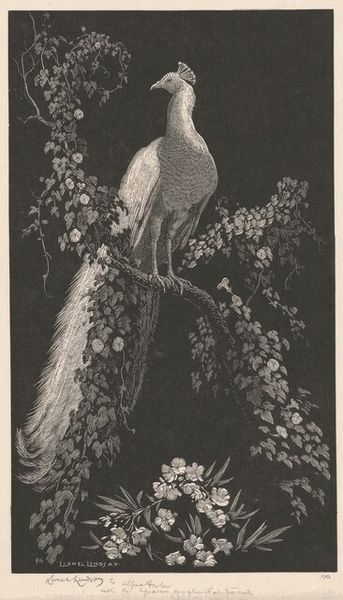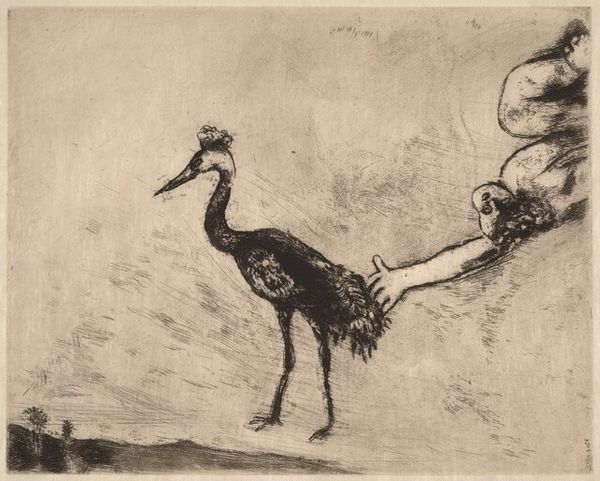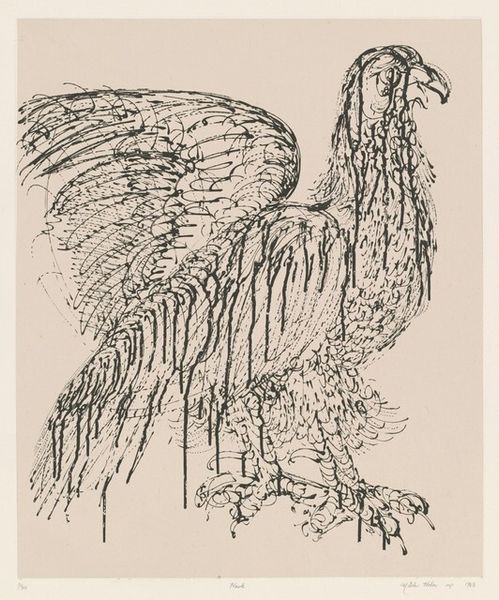
drawing, ink
#
drawing
#
animal
#
asian-art
#
figuration
#
ink
#
orientalism
#
realism
Dimensions: 15 3/8 x 10 7/8 in. (39.1 x 27.6 cm)
Copyright: Public Domain
Editor: Here we have “Two Cranes,” a drawing created with ink by the Hokusai School between 1800 and 1868. I’m struck by its simplicity. The cranes seem so delicate and lively with so few strokes of the brush. What do you make of it? Curator: Ah, yes, a little jewel. It whispers secrets of fleeting moments and elegant simplicity. Don't you feel that even the negative space around the birds contributes to the overall balance? Like it’s a haiku etched in ink. The Hokusai school really mastered capturing essence! Have you ever tried sumi-e, or ink wash painting? Editor: I haven't, actually! But that makes so much sense – a haiku in ink. It feels both intentional and spontaneous. I was also reading that cranes often symbolize longevity and good fortune in East Asian art, which is interesting! Curator: Exactly! These aren’t just pretty birds, they are cultural envoys carrying messages across centuries. They invite us to pause, to appreciate the fleeting beauty of life and nature. Think of the artist's breath as they painted. I like to think about how the painting then becomes this collaboration between the artist, the crane, and us as observers. Does it resonate with you personally? Editor: It does now, for sure! It's almost like the painting meditates, and the longer I look at it, the calmer I feel. Curator: Yes, perhaps this ink-based crane haiku can lead to our own reflective meditation! Editor: Well, I came in seeing delicate birds. Now I'm thinking about nature, longevity, collaboration and meditation. So, mission accomplished! Curator: Indeed! A successful flight of imagination, wouldn’t you say?
Comments
No comments
Be the first to comment and join the conversation on the ultimate creative platform.
